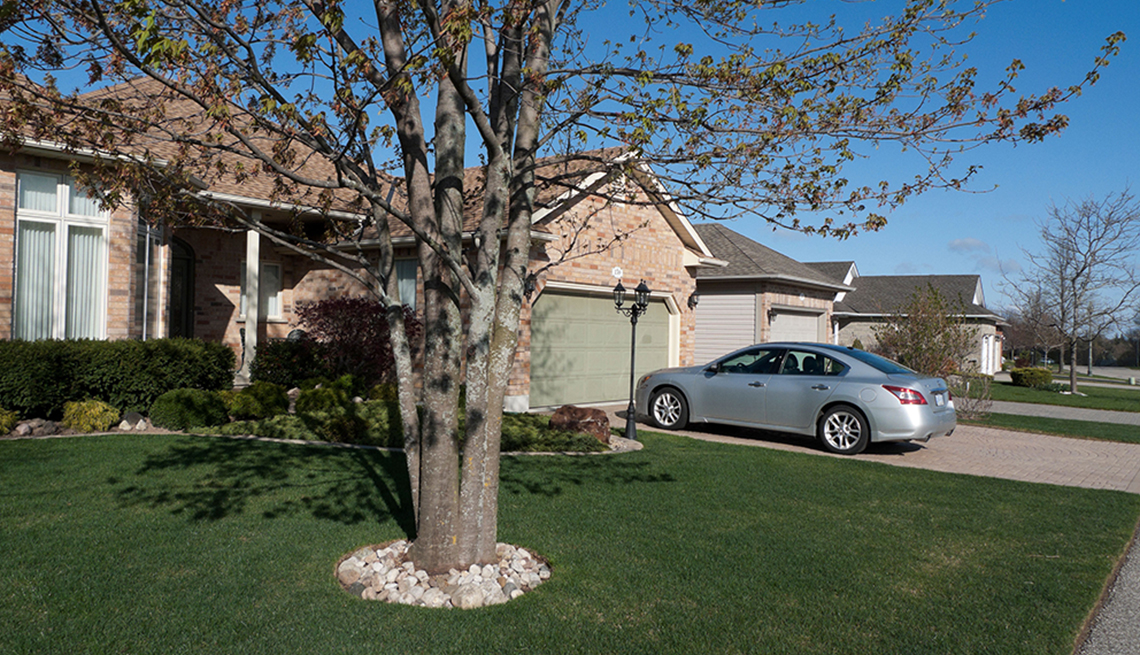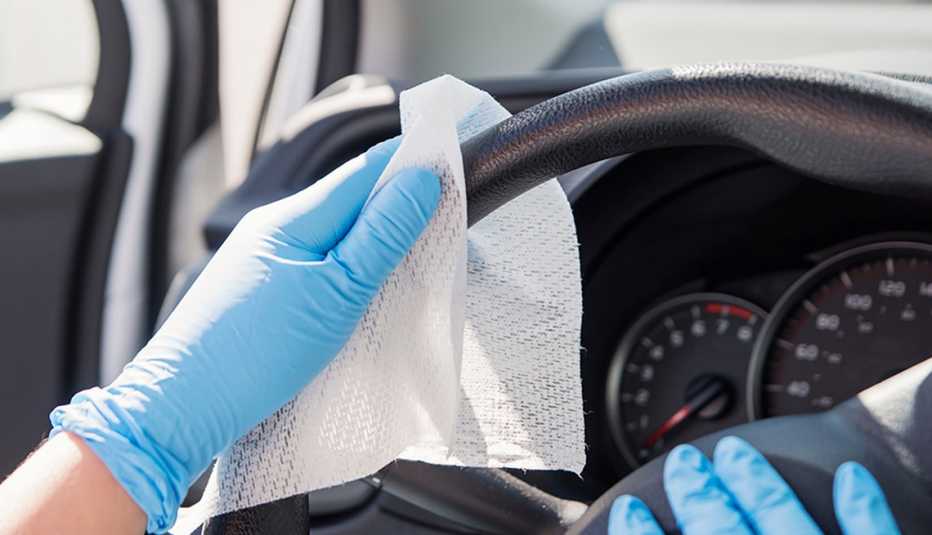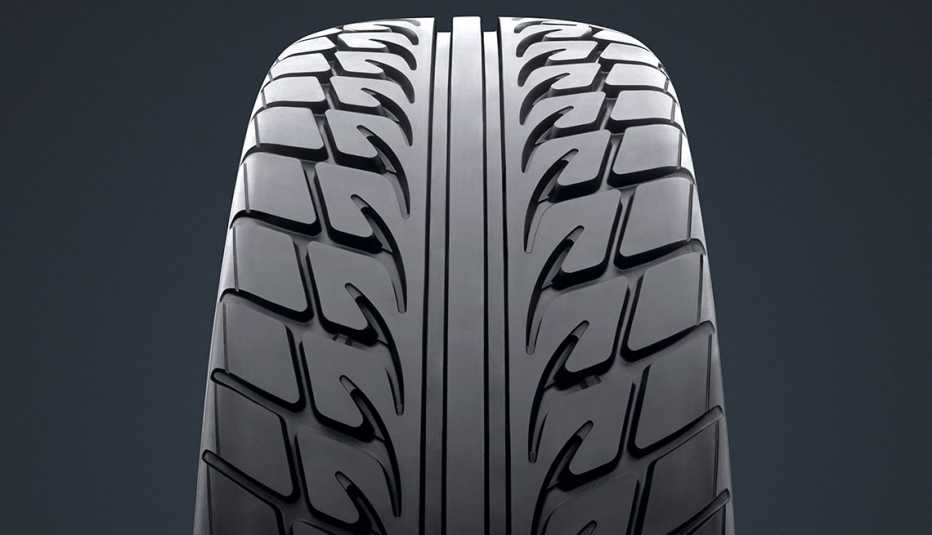AARP Hearing Center
If you have a garage, use it — and not just for bikes, paint and tools. Keep your car in it.
Your car will look better longer, and that could mean more money for you at sale or trade-in time. And some items may need attention less often if a vehicle is kept indoors, meaning fewer dollars out of your pocket. That's important as we struggle through this twin threat of illness from the coronavirus and uncertain income as jobs are lost and investments shrink.
You could consider a portable, temporary car shelter to protect your vehicle from harsh sun that fades paint and from bird and tree droppings that etch its finish.
After a season when oaks dropped acorns so heavy that the result looked like hail damage, we bought a shelter. Basically tents with no sides, these can be a pain to erect and hard to position so they don't dominate the driveway. And they're ugly. But they work.
An alternative: a fitted car cover. The best are water-resistant and breathable. A waterproof cover can trap moisture and damage a car's paint.
But any car cover needs to be placed on a clean, dry car. Even a water-resistant one can keep enough moisture underneath to mar the paint, and a cover tossed over a dirty car may allow smeared dirt to scratch the finish.
A cover with a cable lock that loops under the car keeps others from taking it off without your knowledge, but it's annoying to use.
If you don't want a cover, you can prolong the life of your car outside in other ways.


The best way to wash
Wash it often. You'll keep paint-damaging debris from accumulating.
"Wash your car weekly if it's parked outside. Acid rain and bird droppings can damage the finish. And an afternoon spent washing, vacuuming and waxing your vehicle will burn about 1,100 calories. It is also a great stress reliever!” advises AAA, the motorists’ organization once known as the American Automobile Association.
If you use a commercial car wash, pick one where humans do the work by hand — no brushes, which can scratch. Find a place where the drying crew uses fresh towels for each car. Commercial washes will scrub underneath a car, especially important after a sloppy winter.
“Have an underbody flush to get that brine and residual stuff out of there. It's very aggressive in how it corrodes,” says Dave Cappert, of the National Institute for Automotive Service Excellence, based in Leesburg, Virginia. The organization certifies technicians in automotive specialties. Cappert focuses on air-conditioning, drivability and electronic repairs.
Try to avoid both the brushless and brush-style drive-through car washes, often found at gas stations. Both can scratch the finish.
If you wash the car yourself, use car-wash soap, not dish soap. Dish soap removes grease, but it strips the chemicals that give the paint on your car its long-lasting shine.
To apply soapy water and for most cleaning on the exterior, microfiber is the key. Use a microfiber cloth or mitt to wash, a microfiber towel to dry and a microfiber cloth to buff car wax. You may use a special sponge applicator to apply wax, which also preserves the paint.
The microfibers can dry as much as a cotton cloth four times their size. They reach where others don't. They also won't hold grime and debris that can scratch the finish and peel the oils from your paint. A cotton towel or a leather chamois can do both.
Keep a spray bottle of what's called “detailer” at the ready. Do you see bird poop or other spots you can't wash until later? To clean it quickly, spray with detailer and wipe with a microfiber cloth.
For glass, use microfiber and automotive glass cleaner, though you can achieve good results with regular window glass cleaner and newspaper. The ink doesn't stain or streak the glass but can leave your hands dirty. The newspaper sheds bits and pieces, but those aren't hard to remove.
Don't forget the sunroof
If your car has a sunroof, Cappert suggests opening the glass or metal panel to make sure drain holes in the corners aren't clogged with debris. Pine needles are a frequent culprit.































































